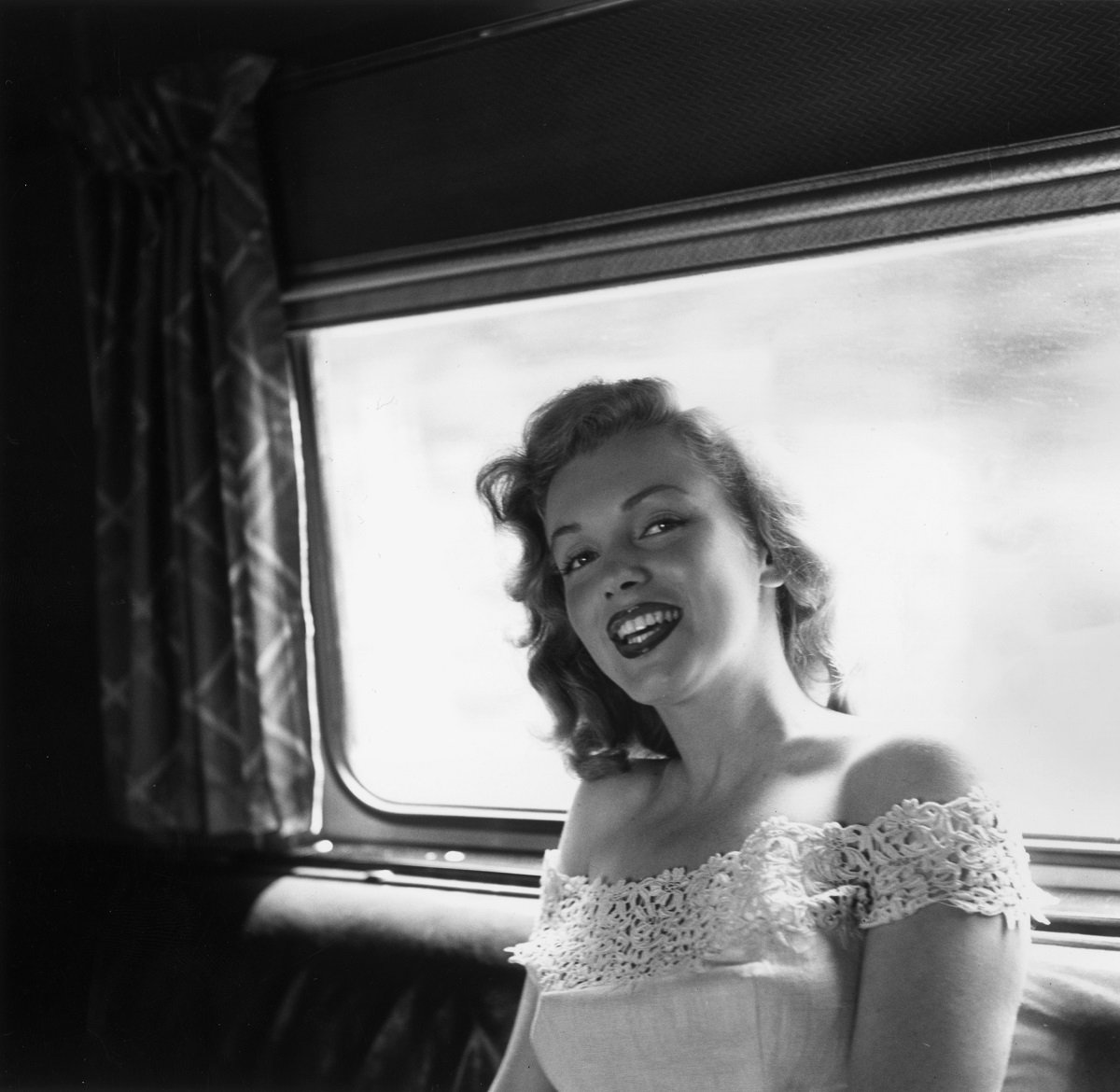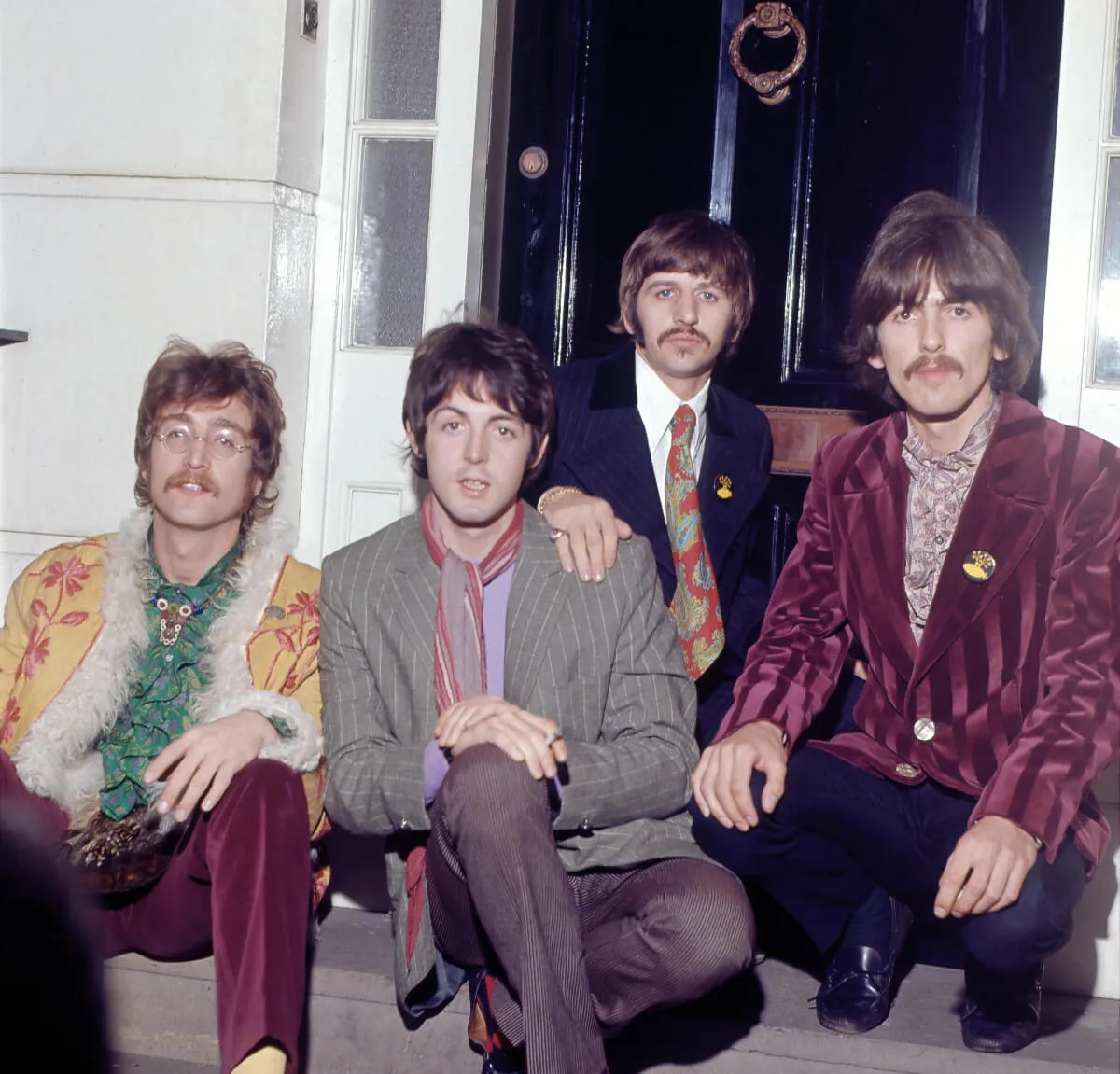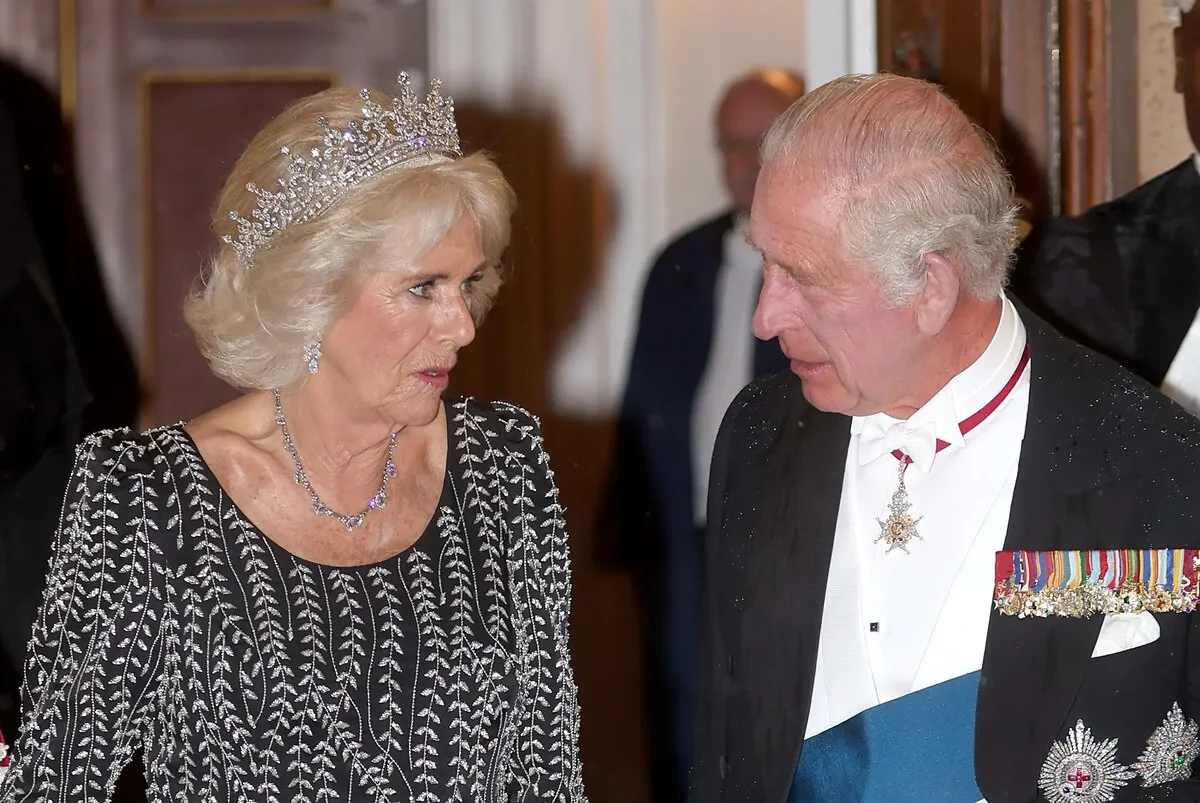Did Marilyn Monroe Foreshadow Her Own Death in Her Autobiography?
Pop culture icon and Hollywood legend Marilyn Monroe often played bubbly blonde bombshell characters in her top-grossing films of the 1950s. But the reality of the celebrity’s private life was often far darker than the stories of the campy seductresses and women-about-town she often played on-screen.
In My Story – her posthumous, unfinished autobiography, which Monroe wrote with the help of her friend, famed ghostwriter and screenwriter Ben Hecht – Monroe reflects on many aspects of her often troubled off-camera life. These include her experiences in the foster care system as a child, her struggles to make it as an actress, the tumult in her love life, and her symptoms of depression.
In one heartbreaking passage of My Story, Monroe even seems to evoke images of what ultimately became her real tragic ending.

Monroe’s unfinished autobiography was published posthumously
My Story was published in 1974, 12 years after Monroe’s death in 1962, but it only covers her life up to 1954. The book includes an unfinished account of her early years in foster homes and orphanages, the loss of her mother to institutionalization due to a mental illness, and her first two marriages – the first at age 16 to James Dougherty, and the second to Joe DiMaggio, a legendary baseball player known as the Yankee Clipper.
Since the publication of My Story, many fans have wondered about its authorship. The book’s voice is, to many, distinctly “Marilyn.”
According to the Marilyn Geek blog, Monroe’s agent, Charles Feldman, first commissioned the autobiography. Monroe regularly met with Hecht to recount various periods of her life. Many of the passages are believed to be derived or even transcribed directly from those meetings.
Sidney Skolsky, an arts and entertainment columnist, and Milton H. Greene, a celebrity photographer who frequently collaborated with Monroe on photo shoots, both also had a hand in the writing of My Story. Greene eventually purchased the rights to the book and added photographs from some of his well-known shoots with the star.

The Hollywood legend described her troubled private life
In addition to her early life and her struggles to make it in Hollywood despite many setbacks, Monroe addresses darker subjects such as her childhood trauma, poverty, and molestation, in My Story. Monroe, who was born Norma Jeane Mortenson, is also frank about her experiences with mental illness, loneliness, and suicidal thoughts over the years. Her writings reveal a deeply thoughtful and self-aware
In one chapter, Monroe describes being fired from a movie contract – because she wasn’t considered “photogenic,” if that can possibly be believed. Even her bit parts in various movies, she reveals, were cut.
Thinking her dreams had been permanently dashed, the aspiring actress fell into a deep depression as a result.
“I cried for a week,” Monroe reveals in My Story. “I didn’t eat or talk or comb my hair. I kept crying as if I were at a funeral burying Marilyn Monroe.”

She struggled to be taken seriously in the industry
Still, Monroe persisted in her ambitions to achieve Hollywood fame. She managed to get on the payroll for background work and bit parts at another studio.
Her luck appeared to change when she was called in for a meeting with a major casting director (whom she deliberately doesn’t name). Sadly, however, the married executive only wanted to seduce Monroe by inviting her on his yacht. Monroe refused his invitation, thus destroying her chances at fame with her new studio.
The casting director had told Monroe she was “special,” even though he only wanted to manipulate her ambitions for his own selfish benefit.
The actress died of an apparent overdose in 1962
As she returned to the small room at the Hollywood Studio Club, Monroe reflected on his statements, writing in My Story: “Yes, there was something special about me, and I knew what it was. I was the kind of girl they found dead in a hall bedroom with an empty bottle of sleeping pills in her hand.”
While it’s impossible to know whether Monroe herself wrote or uttered that statement alone or with the help of one of her collaborators, the prediction would sadly prove true years later. According to History.com, Monroe was found dead on the morning of Aug. 5 at her home in Los Angeles, with “empty bottles of pills…littered about the room.”
Monroe was just 36 years old when she died of barbiturate poisoning. Her death was ruled a suicide by the Los Angeles County Coroners Office.


